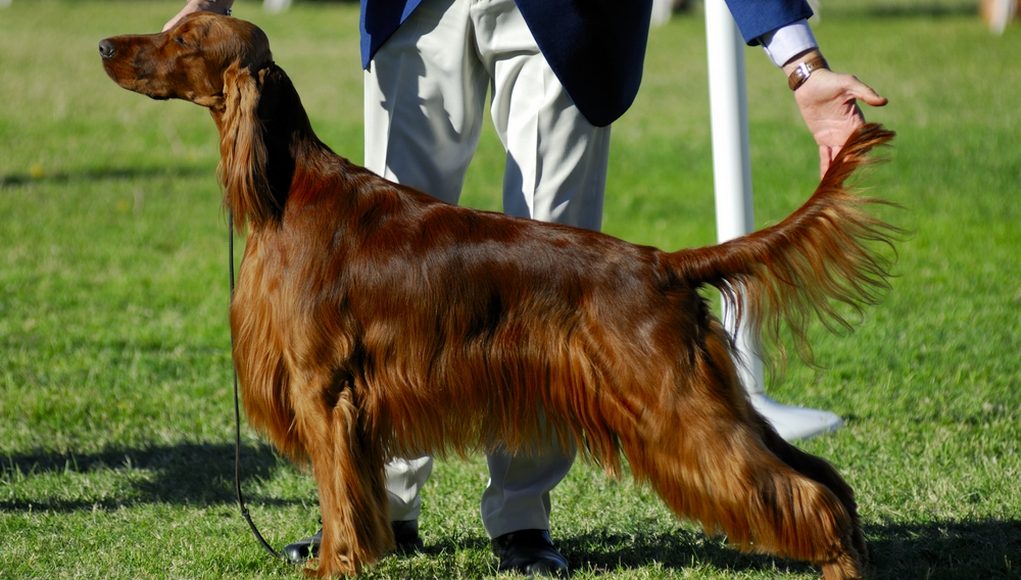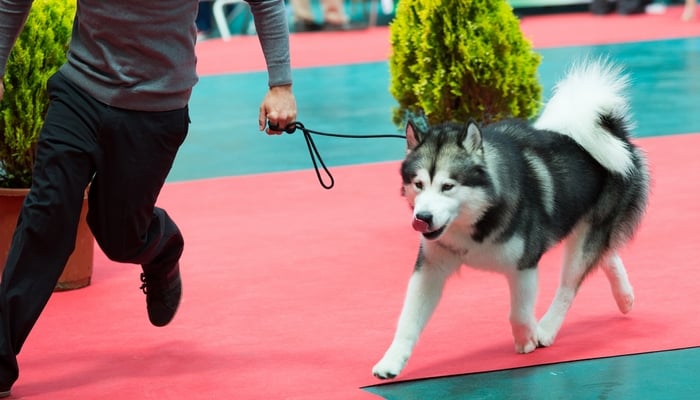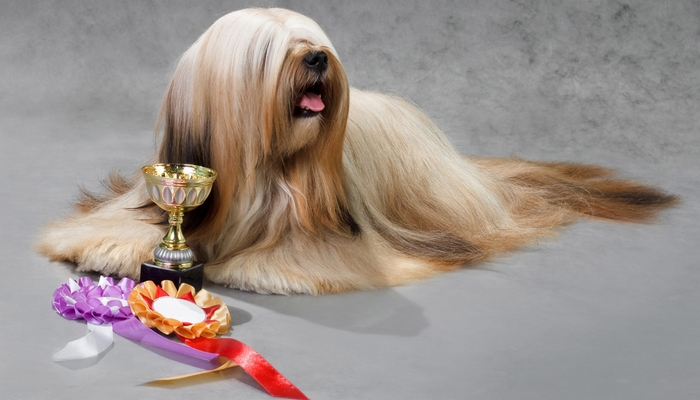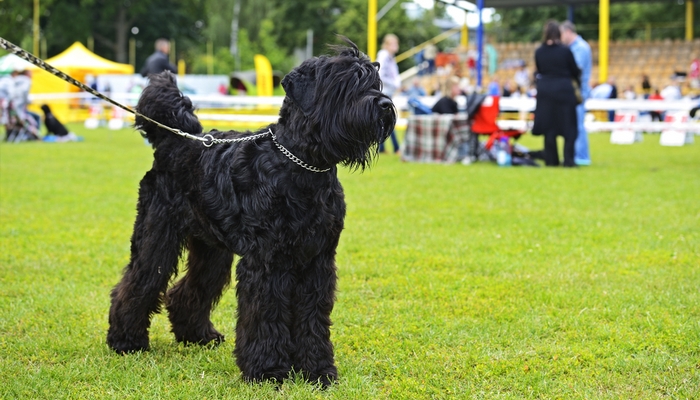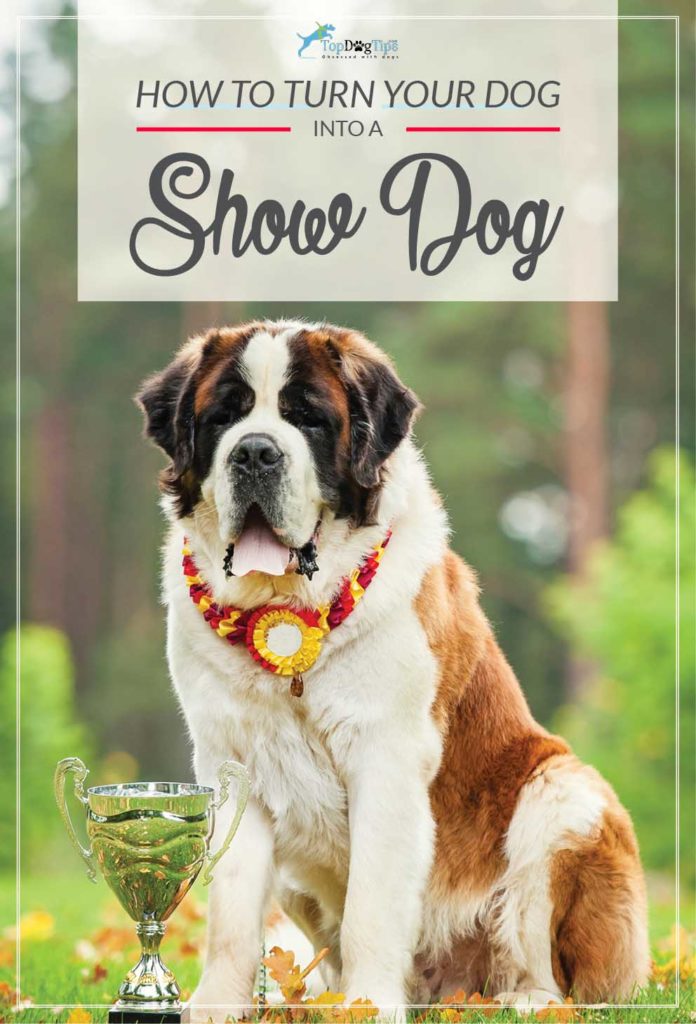Showing dogs can be a great way to develop a bond between you are your pet, and get involved into a very active community of show dogs to meet other like-minded owners. Dogs love to have a purpose or a “job”. On top of that, turning your dog into a show dog can help with behavior problems and can be a lot of fun.
Table of Contents
That said, it’s not just all fun and games for dog owners of show dogs. There are many rules, fierce competition, skills and tricks to learn, and showing dogs can be expensive. So before you jump into the world of dog showing, make sure you are in the know and are ready to put in the work, time and money needed to compete.
As an owner of a show dog, when you embark to win big competitions, it's likely that you'll start with smaller shows in your region and work your way up, while you enjoy the time working with your show dog. There are different types of canine shows, and they all have different requirements. This article will give you a run through of the basics.
RELATED: Agility Training for Dogs – The Ultimate Beginners Guide
How to Turn Your Dog Into a Show Dog
1. Getting Started with Show Dog Competitions
Whether you already have a puppy or are thinking of getting one from a reputable show breeder, there are a few things you should know when getting started. First of all, all dogs must look like their breed specification indicates and they must be totally healthy.
In terms of other requirements for showing dogs, there are certain qualities that could disqualify your dog from competing. For example, some of those faults include:
- An over/underbite
- A rough coat
- Coat colors that aren't standard for the breed
- Eye color
- Alignment of teeth
- …and a few others.
The Westminster Kennel Club is the most popular show dog competition we currently have. I recommend you browse their website for more information on the history of competing show dogs, requirements and other details. This is where you want to end.
2. Basic Requirement for Show Dogs
Besides the fact that dogs must fit breed specifications and be healthy, all ready to compete show dogs have to be at least 6 months old and must be unaltered. This means that they have not been spayed or neutered.
Keep in mind though that – according to veterinarians – not spaying or neutering your canine can make your dog more susceptible to health problems like cancer in reproductive organs or pyometra. It can also cause a dog to develop behavior problems because the sexual hormones are still present in the body.
However, it's important to note that the above idea has been recently questioned by scientific studies, with some potentially disproving that notion (sources: 1, 2, 3). This practice is now being actively questioned, but let's move on for now.
3. You Think You're Ready?
If you already have a puppy, you can take her to a show breeder or a show dog trainer to make sure she doesn’t have any faults before you spend the money to get the show dog trained, groomed or entered in dog shows to start competing.
If you decide to buy a puppy from a show breeder, be careful.
The thing with show breeders is that there may be some hidden conditions when you adopt. Some breeders make you sign a contract that gives them the right to take back the dog if you do not show her, for example.
A show breeder could also ask for co-ownership, which means that you share the dog with them. Most of the time it is so the dog can still be part of the breeding stock. Also, a breeder may not let you buy a show bred dog if you are not going to show it, so just keep that in mind when finding a show breeder. Read the contract carefully.
Just for reference, here's what a Westminster show dog competition looks like:
4. The Important Next Step
Once you have a show dog that you want to compete with, ultimately, it is fairly easy to get into dog showing. Once you're positive that your dog can compete and doesn’t have any faults, register her with The American Kennel Club and join a dog club in your area.
Make sure your dog is socialized. Encourage strangers – with some caution, of course – to touch her and look in her mouth to get your dog used to being touched by someone she doesn’t know. Expose her to different sounds and places. Walk her on different surfaces, just to prepare her for competing at a show. Socialization is vital for show dogs.
Now you know that your dog has the look and you're all registered. The next step is to take your canine to dog training classes. Your local Kennel Club or a breed club should have these classes during the week, and they usually aren't too expensive. Alternatively, you can just pick any other dog training classes in your area.
This works similar to personality tests and canine citizen classes. During these show dog training classes, you will learn the proper gait, how to stack, and basic patterns. Dog trainers can assess your dog to see if she is able to show successfully. Unfortunately, even the best bred show dog may not be cut out for competition.
Levels and Types of Dog Shows
When you are ready to start trying your hand (and your dog's paw) at competing in shows, you must figure out which level and type of dog showing you want to start with. Below are four levels and five different types of dog shows you'll have to choose from.
Types of dog shows
- 1. Single breed – these are open to only a single breed and are usually pretty short; most being only one day.
- 2. Group show – these shows are only open to a group of breeds. For example, there would be a show for Hounds and only hound breeds can compete there.
- 3. General show – this is the biggest kind of show. They can last several days and hold classes for each group.
- 4. Companion show – this is a fundraising event that encompasses shows organised with other charity events. They are really laid back and can be a great place to gain more confidence in the ring.
- 5. Match show – this type of show is informal and used for education. They are a great way to socialize your show dog to all the things that she would experience during a real competition.
Levels of dog shows
- Limited – this is the entry level show. They are restricted by geographic location or sometimes by membership.
- Open – these shows are open to every dog of every level of experience. This is a good show to practice with your show dog because it is more relaxed than others.
- Premier – these shows are open to all levels of experience but are a bigger version of the open shows. You can qualify for Crufts, the world’s largest dog show, at these events.
- Championship – all levels can participate at these shows, but the dogs who compete are fierce competitors. You can win Challenge Certificates and qualify for Crufts. A dog who has won 3 challenge certificates is considered a champion dog.
Tips and Tricks for Working with Show Dogs
The first and most important tip for dog owners wanting to get in on this is – be prepared to work hard. Dog showing takes a lot of time, effort, and money. Don’t expect to make money off your dog, either. You will pay hundreds of dollars for a ribbon that only costs a couple of bucks. Do it for the experience and time with your pet.
Real show dogs are rare to come by; not every dog can become a show dog.
Competing in shows with your dog is very rewarding. You can also feel very proud for your dog and yourself if you ever win one of these competitions. Here are some quick tips.
When you are competing in shows, don’t be first and last in line. First has to be ready fast because they get stacked and examined first. Last has to work fast because the judge is already doing final looks when they get done with the last gait around the ring.
Always keep your eye on the judge. If your dog isn’t standing correctly and the judge sees it, you will be docked points. You'll also need to gait at the right speed – not too fast, not too slow. Remember to always keep your dog between you and the judge. You don’t want to hide your show dog with your body when the judge is trying to evaluate her.
Keep calm because if you are nervous, your dog will feel it and she will be nervous as well. If you don’t want to handle your dog in a show, you can hire a professional handler to work with her instead.
READ NEXT: Dog Grooming Schedule – How Often Should You Groom Your Dog


